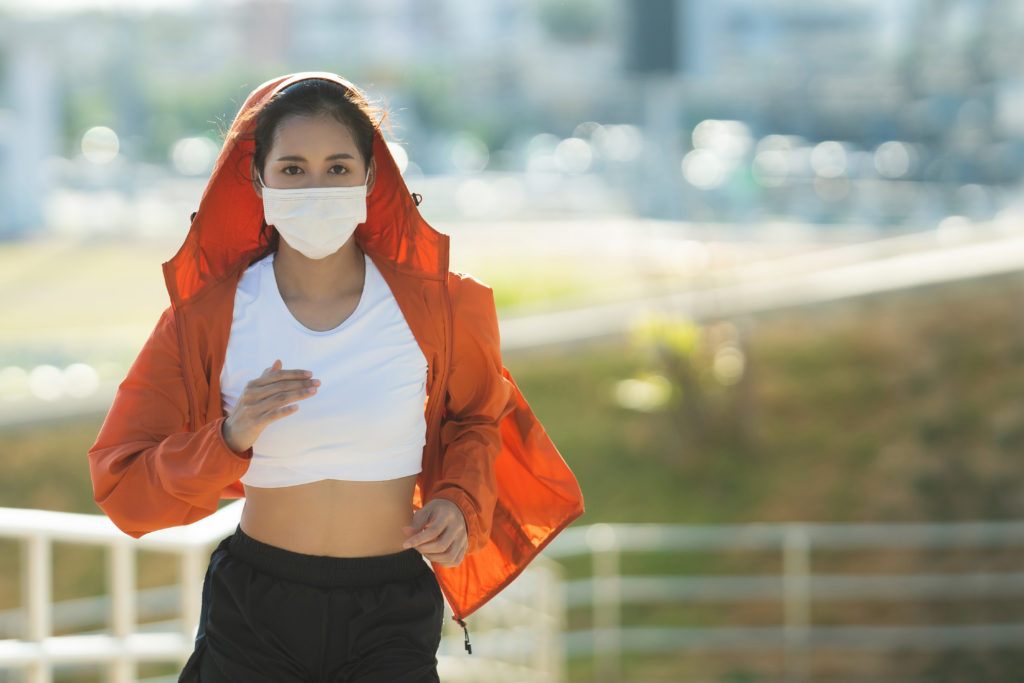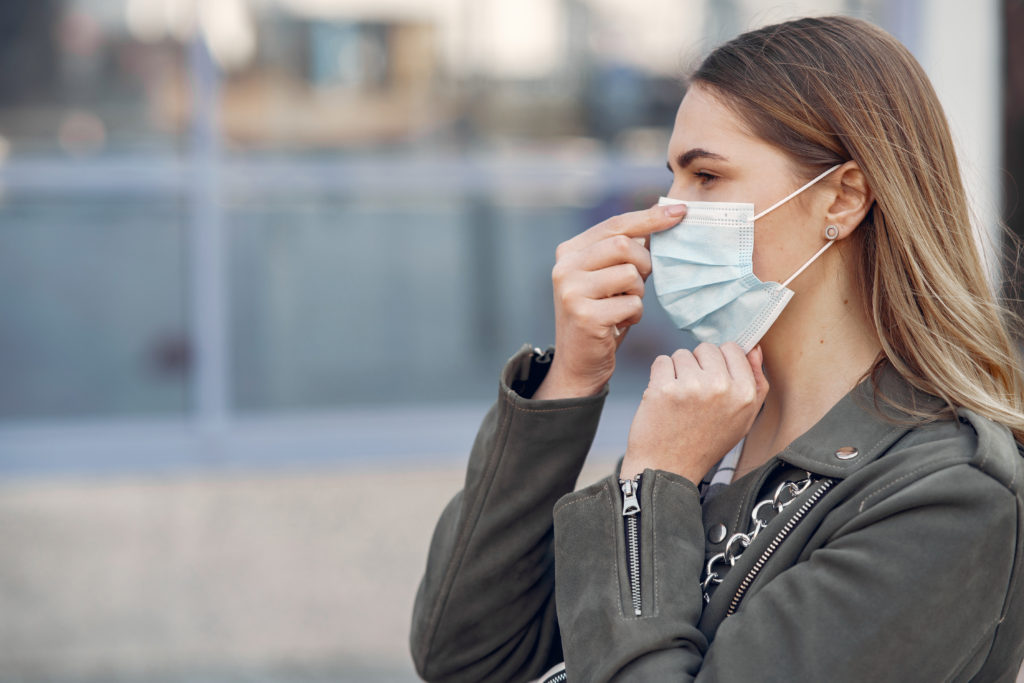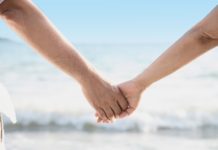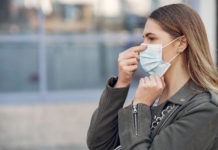It’s been months since the World Health Organization made the first recommendations for wearing a mask in any public facility. However, people are still questioning its effectiveness – and the latest facts and studies aren’t helping much either.
Today, we’re going to have a look at 7 of the most common myths about face masks and let experts explain why no one should believe them.
Myth #1: Masks can’t protect you against COVID-19.
Considering how much the infection rate increased recently, one can easily assume that wearing a face mask is far less effective than researchers claim. However, if no one would’ve worn a mask, the situation would be infinitely worse today.
According to Dr. Kathryn Harris, director at UW Medical Center, multiple studies already proved that face masks can block 75% of respiratory droplets coming from another person who’s ill. What’s more, wearing a face mask keeps your loved ones safe if you are the one who carries the virus.
Myth #2: Bandanas, gaiters and N95 masks are harmful.
So wearing a face mask can protect us from COVID-19, but what type of mask works best? Truth is, it all depends on the situation.
Bandanas or neck gaiters are more commonly available, but they’re definitely not as effective as a cloth face mask. However, they are more effective than wearing nothing at all, so it’s ideal to use them only if you lack any alternative.
As for N95 face masks, the only option that’s truly effective are masks without a vent or valve. Dr. Harris explains that vented N95 masks still allow exhalation, which means that you’re only protecting yourself from others and not vice versa too.
Meanwhile, vented masks are more effective in blocking out harmful wildfire particulates than viruses like SARS-CoV-2. In the end, it’s best to stick to cloth masks.

Myth #3: You can’t wear a mask while exercising.
When exercising, your heart rate increases, making your body ask for more oxygen. Clearly, wearing a mask can reduce the amount of oxygen inhaled, which is why many people think it’s dangerous.
However, Dr. Coralynn Sack explains that wearing a mask while exercising is perfectly safe, although it might feel uncomfortable at first. To reduce the discomfort, you can start slowly and build up the intensity gradually.
If you’ve been diagnosed with a heart or lung disease that requires medical treatment, please talk to your doctor before exercising with a face mask to eliminate any potential health risk.
Myth #4: If you wear a face mask, you don’t need to practice social distancing.
As I mentioned earlier on, wearing a cloth mask can prevent 75% of respiratory droplets from reaching your mouth and nose. However, there still are many microscopic particles that might or might not lead to a COVID-19 infection.
Until researchers find the answer, the best we can do to stay safe is to practice social distancing. The Centers for Disease Control and Prevention (CDC) officially recommends that you stay at least 6 feet away from anybody else while in public.

Myth #5: If you already had COVID-19, you don’t need a face mask.
Unfortunately, many people who were cured from COVID-19 previously ended up getting the disease a second time. So far, experts know that those who become infected develop antibodies that protect them from future exposure to the virus; however, no one knows for how long the antibodies are effective.
Therefore, even if someone has already had COVID-19, there’s no guarantee that they won’t become infected again. This is why wearing a mask is so important.
Myth #6: You don’t need a face mask if you’re outside.
It’s true that the risk for a COVID-19 infection is considerably lower if you are outside; that’s because respiratory droplets can dissipate much more quickly due to air currents.
Generally, if you can stay more than 6 feet away from any other person, you can safely spend time outdoors without a face mask. However, if you’re in a crowded area or think you might be near someone infected, it’s better to be safe than sorry.
Myth #7: You only need a face mask if you’re sick.
When COVID-19 was still considered an epidemic, the first recommendations issued by the World Health Organization were to wear a mask only if you’re experiencing unusual, cold-like symptoms.
However, the world learned so much since then and now researchers know that 40% of those infected with COVID-19 never develop symptoms. Furthermore, it takes about 6 days until someone who has the virus starts developing any signs of infection.
Wearing a mask is the most effective way of preventing the spread of the new SARS-CoV-2 virus.


























